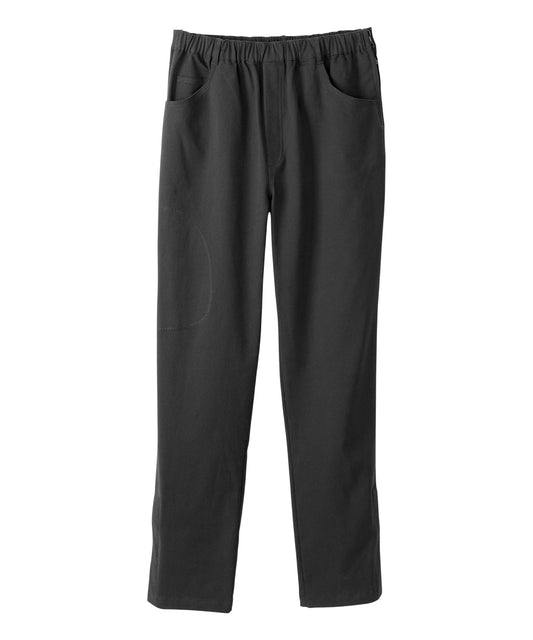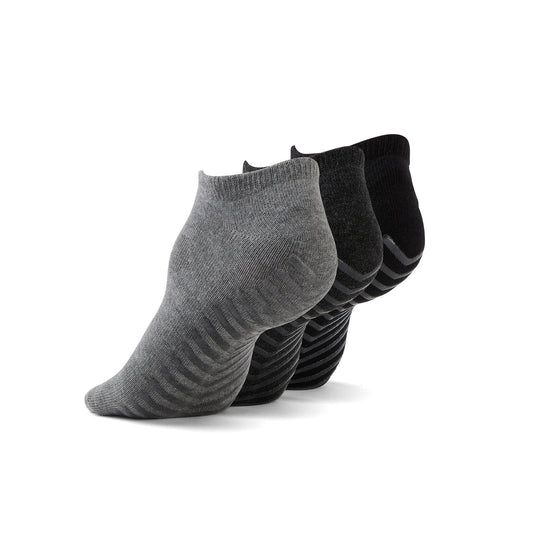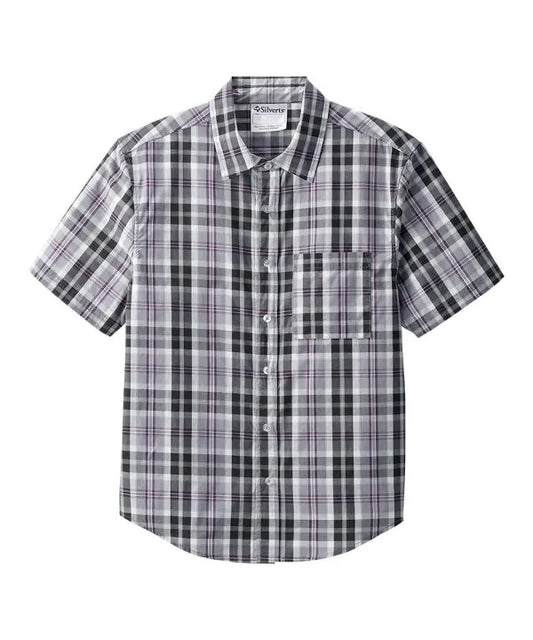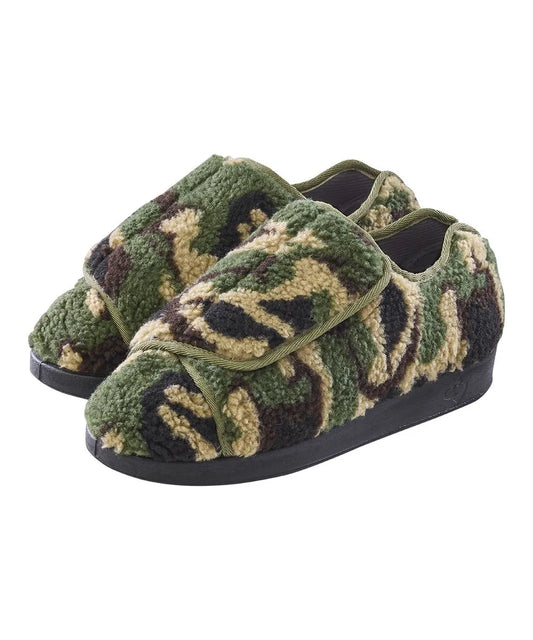Why Misconceptions About Adaptive Clothing Exist.
Adaptive clothing is designed to make dressing easier, more comfortable, and more accessible for individuals with disabilities, mobility challenges, or medical conditions. Featuring thoughtful innovations like magnetic closures, Velcro fastenings, elastic waistbands, and seamless fabrics, adaptive clothing removes the everyday struggles that traditional clothing can create. Despite its many benefits, misconceptions about adaptive clothing persist, often preventing people from fully understanding or embracing its value. But why do these myths exist in the first place?
One of the biggest reasons is a lack of awareness. For years, the fashion industry catered primarily to able-bodied individuals, rarely addressing the needs of those who require more accessible clothing. As a result, many people simply don’t know that adaptive clothing exists, leading to outdated assumptions about what’s available and how it works.
Another reason is the stigma surrounding disabilities and accessibility needs. Some people assume that adaptive clothing is strictly medical-looking or unattractive, reinforcing the false idea that fashion and accessibility can’t coexist. This misconception often stems from outdated representations in media, where adaptive clothing wasn’t seen as stylish or modern.
Additionally, misinformation plays a big role. Many believe that adaptive clothing is hard to find, expensive, or only made for extreme cases, which isn’t true. Brands like June Adaptive have created stylish, functional, and affordable options that cater to a variety of needs.
By debunking these misconceptions, we can highlight the true purpose of adaptive clothing: to empower individuals with comfort, ease, and style. Now, let’s break down some of the most common myths and set the record straight.
Misconception #1: Adaptive Clothing is Only for Seniors or People with Severe Disabilities.
One of the biggest myths about adaptive clothing is that it’s only designed for seniors or individuals with severe disabilities. While it’s true that adaptive clothing provides much-needed comfort and accessibility for those groups, it’s far from limited to them. In reality, adaptive fashion is for anyone who benefits from easier, more comfortable dressing—regardless of age or level of ability.
Think about someone recovering from surgery, an athlete dealing with an injury, or a new mom navigating postpartum changes. All of these individuals might struggle with traditional buttons, zippers, or stiff fabrics. Wouldn’t it be easier if their clothing was designed with accessibility in mind? Adaptive clothing offers solutions like magnetic closures, elastic waists, and side-open designs, making it effortless to dress without unnecessary strain. An example of this is June Adaptive’s Men's Hospital Gown with Back Overlap!
Men's Hospital Gown with Back Overlap
Additionally, many people with chronic illnesses, sensory sensitivities, or temporary mobility challenges find adaptive clothing life-changing. Conditions like arthritis, multiple sclerosis, and Parkinson’s can make everyday dressing frustrating—but adaptive fashion removes those obstacles while keeping things stylish. No one should have to choose between function and fashion.
The belief that adaptive clothing is only for seniors also comes from outdated views on disability and aging. The reality? People of all ages, from kids to young adults to seniors, benefit from clothing that prioritizes ease and comfort. And with brands like June Adaptive creating modern, stylish options, adaptive fashion is more inclusive than ever.
The bottom line: Adaptive clothing is for everyone. Whether you have a disability, a short-term injury, or just prefer clothing that’s easier to wear, there’s no age or ability requirement to enjoy accessible fashion. It’s time to move past this misconception and recognize adaptive clothing for what it really is—a stylish, inclusive, and practical choice for all.
Misconception #2: Adaptive Clothing is Unfashionable.
One of the most outdated and frustrating misconceptions about adaptive clothing is that it’s dull, unflattering, or strictly “medical-looking.” For years, many people assumed that if clothing was designed for functionality, it couldn’t possibly be stylish. But that couldn’t be further from the truth. Today, adaptive fashion is breaking boundaries, proving that accessibility and style can absolutely go hand in hand.
Let’s start with the facts: fashion is about expression, and everyone deserves to feel confident in what they wear. Just because someone has mobility challenges, sensory sensitivities, or medical needs doesn’t mean they should have to settle for outdated, shapeless designs. That’s why brands like June Adaptive have stepped up to create clothing that looks just as good as it feels—offering everything from sleek, modern jackets with easy magnetic closures to stylish, tailored pants that accommodate braces or prosthetics. Check out their Men’s Bomber Jacket with Magnetic Button front!
Men’s Bomber Jacket with Magnetic Button Front
Gone are the days when adaptive clothing was only available in neutral, hospital-style colors or oversized fits. Now, there are trendy, flattering, and fashion-forward pieces designed for all body types and needs. Think about adaptive jeans with hidden side openings, stylish dresses with discreet Velcro closures, and shoes that blend cutting-edge design with easy wearability. These aren’t just functional pieces—they’re wardrobe staples that anyone would want to wear.
A major shift has also come from adaptive fashion hitting mainstream runways and retailers. Designers and major brands are recognizing the demand for accessible clothing that doesn’t compromise on aesthetics. From Tommy Hilfiger’s adaptive collection to Nike’s innovative hands-free sneakers, the industry is proving that accessible fashion can be just as trendy as anything else on the market.
At the heart of this misconception is the old-fashioned belief that adaptive fashion is an afterthought, when in reality, it’s an essential and evolving part of the industry. With more designers embracing inclusivity and more brands prioritizing both function and flair, adaptive clothing is proving itself to be just as stylish—if not more so—than traditional fashion.
So, let’s put this myth to rest: adaptive clothing is not only practical, but it’s also fashionable, modern, and designed for everyone who wants to look good and feel great—without the struggle.
Misconception #3: Adaptive Clothing is Too Expensive.
Another common misconception about adaptive clothing is that it’s too expensive or out of reach for the average person. Many assume that because it offers specialized features—like magnetic closures, Velcro fastenings, or seamless construction—it must come with a hefty price tag. But here’s the truth: adaptive clothing is more affordable and accessible than ever before.
It’s important to remember that all clothing comes at different price points, and adaptive fashion is no different. Just like in mainstream fashion, you’ll find a range of options—from high-end designer brands to budget-friendly essentials. While some specialty items may cost more due to innovative materials or custom designs, there are plenty of affordable, stylish, and functional adaptive pieces available. Brands like June Adaptive focus on keeping prices reasonable while maintaining quality, ensuring that people don’t have to choose between comfort, accessibility, and affordability. For example, their Men’s Zip Polo Shirt with Back Overlap is priced at just $39.99, a steal compared to similar polos from competitors that cost even more!
Men’s Zip Polo Shirt with Back Overlap
Another reason this misconception exists is because adaptive clothing wasn’t always widely available. In the past, many people had to rely on custom alterations or specialty shops, which could be expensive. But now, adaptive fashion is becoming mainstream, meaning more brands are producing it at scale—helping to reduce costs and increase availability. With the rise of online shopping, it’s easier than ever to find affordable adaptive clothing that suits both your budget and style.
It’s also worth considering the long-term value of adaptive clothing. Many pieces are designed to be more durable, easier to wear, and longer-lasting than traditional clothing. A jacket with magnetic closures that eliminates daily dressing struggles is an investment in comfort, independence, and convenience—one that pays off over time.
The idea that adaptive clothing is always expensive is simply outdated. With more brands prioritizing accessibility and inclusivity, there are stylish, affordable options for everyone. So, if you’ve been holding back because of price concerns, it’s time to explore the many cost-effective, high-quality adaptive fashion choices available today!
How can YOU help break these stereotypes?
Now that we’ve debunked some of the biggest misconceptions about adaptive clothing, the next question is: how can we change the conversation? The truth is, breaking these stereotypes starts with all of us. Whether you wear adaptive clothing yourself or simply want to support a more inclusive world, there are plenty of ways to help shift outdated mindsets and celebrate the importance of accessible fashion.
One of the easiest ways to make an impact is by spreading awareness. Many people still don’t know what adaptive clothing is or assume it’s only for a specific group of people. Talk about it. Share it. Normalize it. If you see a stylish adaptive fashion piece, highlight it on social media. If a friend or family member struggles with dressing due to an injury, illness, or disability, introduce them to brands like June Adaptive that are making life easier—without sacrificing style.
Another powerful way to help is by supporting inclusive brands. The more demand there is for adaptive clothing, the more companies will invest in designing and producing it. When you shop from brands that prioritize accessibility, you’re sending a message that fashion should be for everyone. Even if you don’t need adaptive clothing yourself, recommending it to those who do can make a world of difference.
You can also help break stereotypes by challenging outdated perceptions. If someone claims adaptive clothing is unfashionable or unnecessary, educate them. Show them the stylish, modern options available today and remind them that fashion should be accessible to all, regardless of ability.
Finally, advocate for inclusion. Whether it’s encouraging retailers to carry more adaptive options or supporting brands that promote diversity, every effort helps. The more we push for inclusivity in fashion, the more we create a world where everyone—regardless of age, ability, or circumstance—can dress with confidence, ease, and style.
Breaking these stereotypes isn’t just about fashion—it’s about changing perspectives, creating opportunities, and making the world more accessible for everyone. And that’s something we can all be a part of. To learn more about adaptive wear, check out the JuneAdaptive website: https://www.juneadaptive.com/!


















